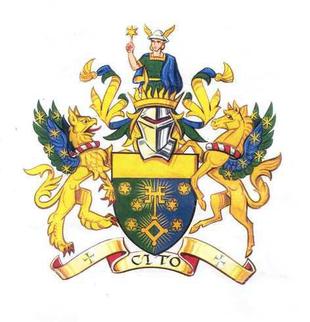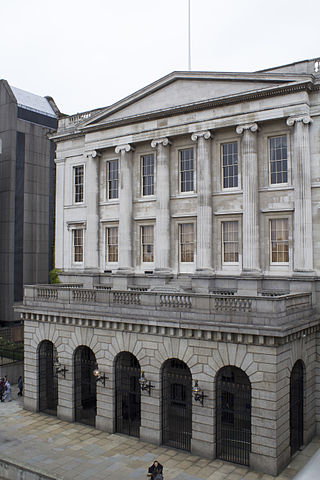
There are 111 livery companies, comprising London's ancient and modern trade associations and guilds, almost all of which are styled the "Worshipful Company of" their respective craft, trade or profession. These livery companies play a significant part in the life of the City, not least by providing charitable-giving and networking opportunities. Liverymen retain voting rights for the senior civic offices, such as the Lord Mayor, Sheriffs and Common Council of the City Corporation, London's ancient municipal authority with extensive local government powers.

The Worshipful Company of Drapers is one of the 111 livery companies of the City of London. It has the formal name The Master and Wardens and Brethren and Sisters of the Guild or Fraternity of the Blessed Mary the Virgin of the Mystery of Drapers of the City of London. More usually known simply as the Drapers' Company, it is one of the historic Great Twelve Livery Companies and was founded during the Middle Ages.

The Worshipful Company of Pewterers is one of the 110 Livery Companies of the City of London. It ranks 16th in the order of precedence of City Livery Companies and has existed since at least 1348. Like all the other City Livery Companies, the Worshipful Company of Pewterers has four main pillars of activity: Charitable endeavour, assistance to education, support for its trade and profession, and being a convivial and caring social community.
The Worshipful Company of Glovers is one of the Livery Companies of the City of London. Glovers were originally classified as Cordwainers, but eventually separated to form their own organization in 1349. They received a Royal Charter of incorporation in 1639. The company is, as are most other Livery Companies, a charitable body, but it still retains close links to its original trade. Whilst traditional glove making has largely moved offshore there are still specialist UK companies engaged in the design, development, importation and distribution of technical, military, medical and industrial gloves as well as fashion companies making or distributing dress gloves in the UK and for export markets. A ceremonial link is still maintained; the Company formally presents the Sovereign with gloves upon his or her coronation.

The Worshipful Company of Carpenters is a livery company of the City of London. The Carpenters were traditionally different from a fellow wood-crafting company, the Worshipful Company of Joiners and Ceilers, in that carpenters utilised nails while joiners used adhesives to attach wood.

The Worshipful Company of Painter-Stainers is one of the livery companies of the City of London. An organisation of painters of metals and wood is known to have existed as early as 1283. A similar organisation of stainers, who generally worked on staining cloth for decorative wall hangings, existed as early as 1400. The two bodies merged in 1502; the new organisation was incorporated under a Royal Charter in 1581.

The Worshipful Company of Masons is one of the ancient Livery Companies of the City of London, number 30 in the order of precedence of the 110 companies. It was granted Arms in 1472, during the reign of King Edward IV; its motto is “God Is Our Guide”.
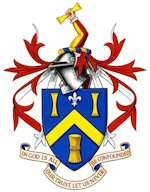
The Worshipful Company of Tylers and Bricklayers is one of the livery companies of the City of London. The organisation of Tylers and Bricklayers existed in 1416; it was incorporated by a royal charter in 1568. Originally, the company possessed a monopoly over bricklaying within the City of London. However, after the Great Fire of London, the king decreed that brick or stone, instead of timber, should be used in the building of homes. There was too much rebuilding to be done by only the Tylers' and Bricklayers' Company; craftsmen from across England were summoned, and the monopoly was terminated. The company now exists, along with most livery companies, primarily as a charitable body. The company also supports various building schools.
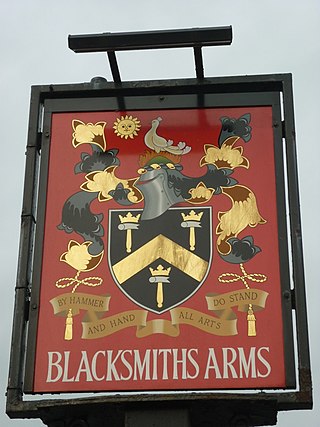
The Worshipful Company of Blacksmiths is one of the livery companies of the City of London. The organisation was first mentioned in a court record in 1299. A Royal Charter officially granting it the status of Company was granted in 1571. The Company originally had the right to set regulations and standards for blacksmiths in the City of London. However, the right eroded over time. By the end of the eighteenth century, little remained of the company's former powers and so the Company did not the renew the lease on its hall at expiration in 1785.

The Worshipful Company of Upholders is one of the Livery Companies of the City of London. "Upholder" is an archaic word for "upholsterer". In past times upholders carried out not just the manufacture and sale of upholstered goods but were cabinet makers, undertakers, soft furnishers, auctioneers and valuers. The organisation was formed on 1 March 1360 and officially incorporated by a Royal Charter granted by Charles I in 1626. The Company originally had the right to set standards for upholstery within London, and to search, seize and destroy defective upholstery. However, over the years, the Company's power has eroded, as has the profession of upholsterers, because of the advancement of technology.
The Worshipful Company of Turners is one of the Livery Companies of the City of London.
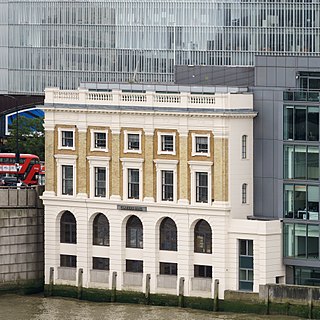
The Worshipful Company of Glaziers and Painters of Glass is one of the livery companies of the City of London. The Guild of Glaziers, or makers of Glass, the company's forerunner, existed as early as the fourteenth century. It received a royal charter of incorporation in 1638. It is no longer a trade association of glass craftsmen, instead existing, along with a majority of livery companies, as a charitable body.
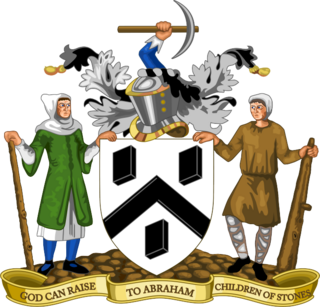
The Worshipful Company of Paviors is one of the livery companies of the City of London. The Paviors can trace their history back to medieval times; they were responsible for the paving and maintenance of London's streets. It received a royal charter from Queen Elizabeth II in 2004. The company is no longer a trade association for or a regulator of London's road constructors. Today, it focuses on the promotion of excellence in all areas of construction.
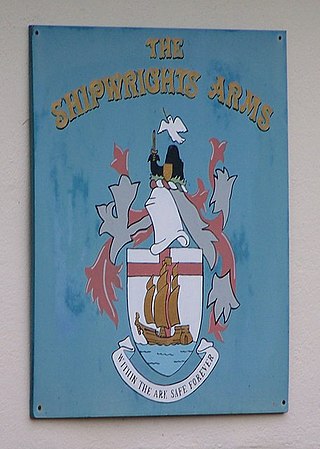
The Worshipful Company of Shipwrights is one of the ancient livery companies of the City of London. Although the Shipwrights' Company is no longer a shipbuilding trade association representing solely London-based industry, through its membership it retains strong links with global trade, and maritime and shipping professions.
The Worshipful Company of Gardeners is one of the livery companies of the City of London. An organisation of Gardeners existed in the middle of the fourteenth century; it received a royal charter in 1605. The company no longer exists as a regulatory authority for the sale of produce in London; instead serving as a charitable institution. The company also performs a ceremonial role; it formally presents bouquets to the queen and to princesses upon their wedding, anniversary, or other similar occasion.
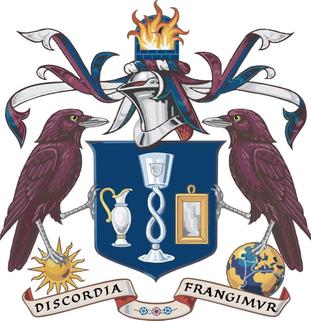
The Worshipful Company of Glass Sellers is one of the livery companies of the City of London. The company received its royal charter from King Charles II in 1664. Its role was to regulate the glass selling and pot-making industries within the City of London, and to ensure quality and fair trade. Aspiring traders in glass were apprenticed to a master who was a member of the Glass Sellers Company. He in turn was accountable to the court and officers of the livery and ultimately to the master of the company.
The Worshipful Company of Scientific Instrument Makers is one of the 110 livery companies of the City of London. It ranks 84th in the order of precedence for the livery companies.
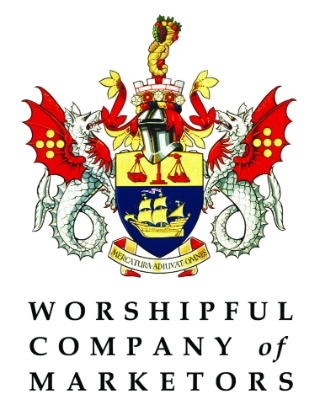
The Worshipful Company of Marketors is one of the 110 livery companies of the City of London. The company was founded in 1975.
The Worshipful Company of Constructors is one of the Livery Companies of the City of London. The Company aims to bring together those professionally qualified individuals concerned with aspects of building design, execution, management, vision and economic appraisal.















